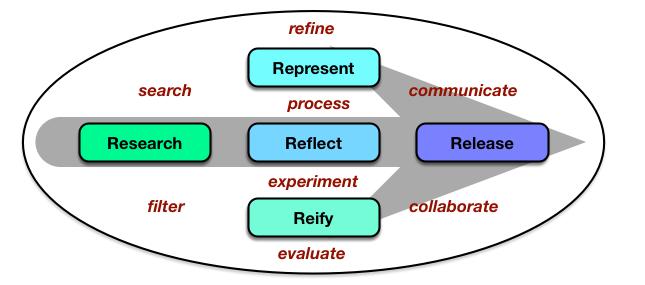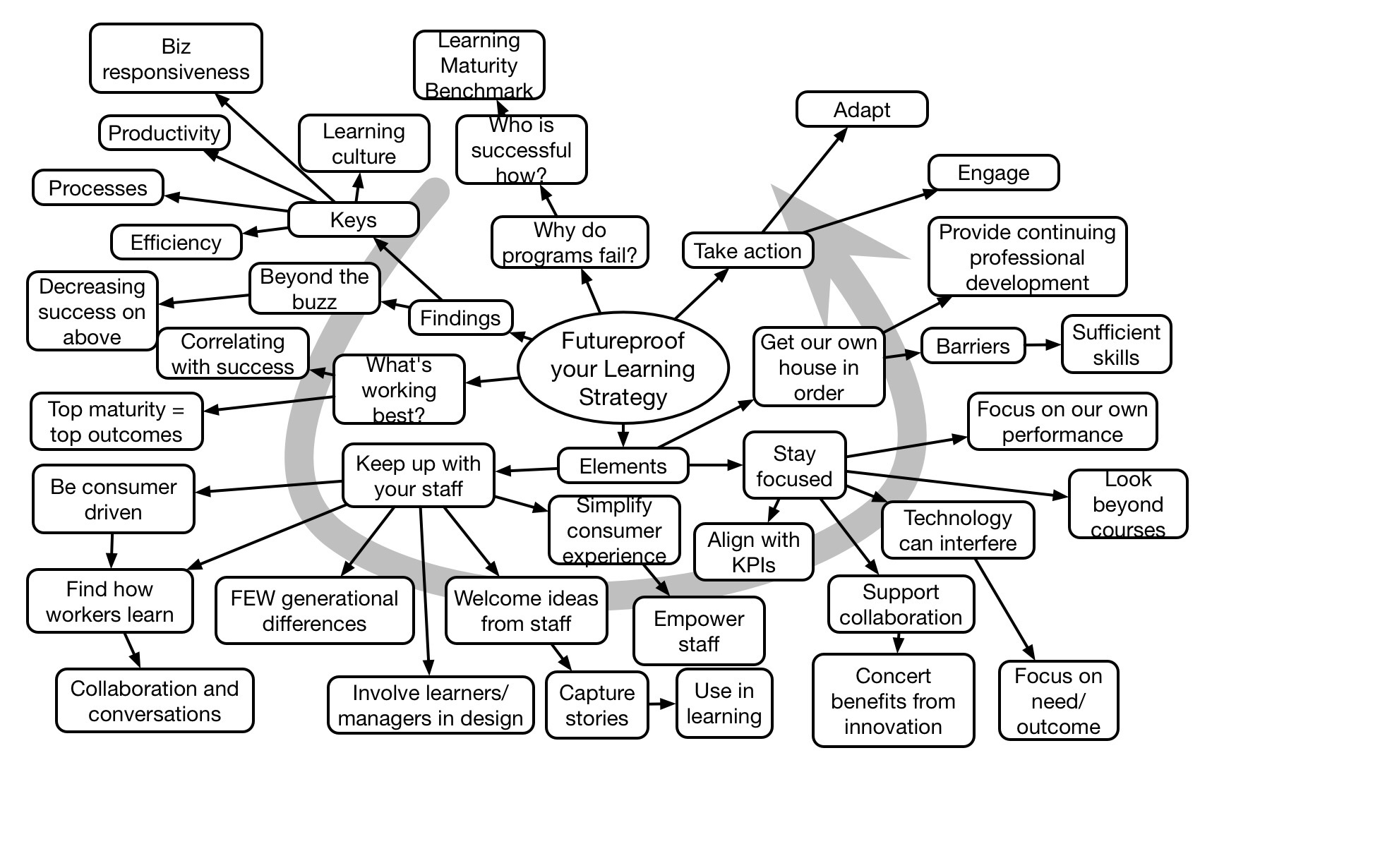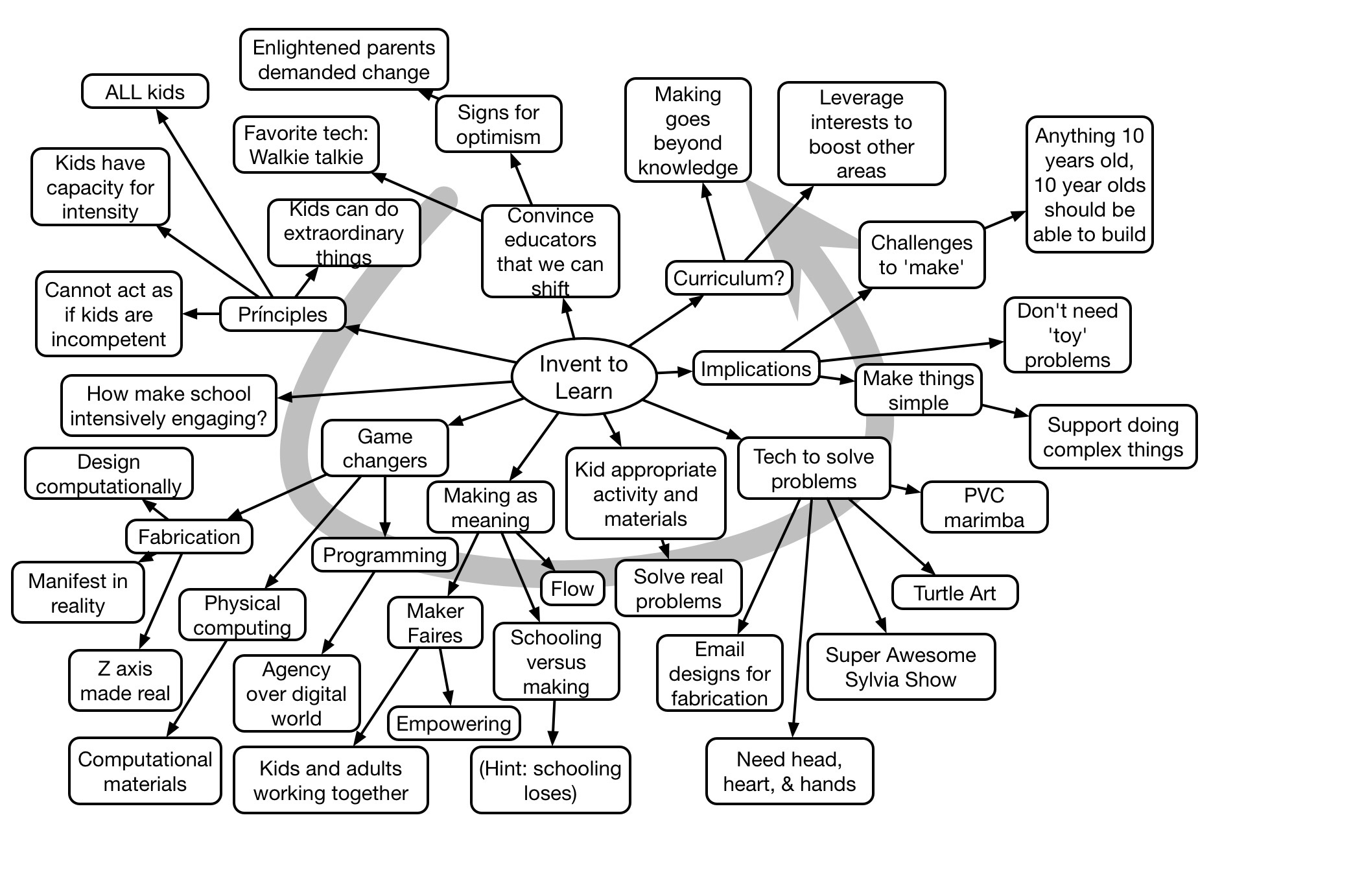As mentioned before, I’ve become a member of my local Community Emergency Response Team (CERT), as in the case of disaster, the official first-responders (police, fire, and paramedics) will be overwhelmed. And it’s a good group, with a lot of excellent efforts in processes and tools as well as drills. Still, of course, there’s room for improvement. I encountered one such at our last meeting, and I think it’s an interesting case study.
So one of the things you’re supposed to do in conducting search and rescue is to go from building to building assessing damage and looking for people to help. And one of the useful things to do is to mark the status of the search and the outcomes, so no one wastes effort on an already explored building. While the marking is covered in training and there’re support tools to help you remember, ideally it’d be memorable, so that you can regenerate the information and don’t have to look it up.
The design for the marking is pretty clear: you first make a diagonal slash when you start investigating a building, and then you make a crossing slash when you’ve made your assessment. And specific information is to be recorded in each quarter of the resulting X: left, right, top, and bottom. (Note that the US standard set by FEMA doesn’t correspond to the international standard from the International Search & Rescue Advisory Group, interestingly).
However, when we brought it up in a recent meeting (and they’re very good about revisiting things that quickly fade from memory), it was obvious that most people couldn’t recall what goes where. And when I heard what the standard was, I realized it didn’t have a memorable structure. So, here are the four things to record:
- the group who goes in
- when the group completes
- what hazards may exist
- and how many people and what condition they’re in*
So how would you map these to the quadrants? And in one sense it doesn’t matter if there’s a sensible rationale behind them. One sign that there’s not? You can’t remember what goes where.
Our local team leader was able to recall that the order is: left – group, top – completion, right – hazards, and bottom – people. However, this seems to me to be less than memorable, so let me explain.
To me, wherever you put the in, left or top, the coming out ought to be opposite. And given our natural flow, group going in makes sense to the left, and coming out ought to go on the right. In – out. Then, it’s relatively arbitrary where hazards and people go. I’d make a case that top-of-mind should be the hazards found to warn others, but that the people are the bottom line (see what I did there?). I could easily make a case for the reverse, but either would be a mnemonic to support remembering. Instead, as far as I can tell, it’s completely arbitrary. Now, if it’s not arbitrary and there is a rationale, it’d help to share that!
The point being, to help people remember things that are in some sense arbitrary, make a story that makes it memorable. Sure, I can look it up, assuming that the lookup book they handed out stays in the pocket in my special backpack. (And I’m likely to remember now, because of all this additional processing, but that’s not what happens in the training.) However, making it regenerable from some structure gives you a much better chance of having it to hand. Either a model or a story is better than arbitrary, and one’s possible with a rewrite, but as it is, there’s neither.
So there’s a lesson in design to be had, I reckon, and I hope you’ll put it to use.
* (black or dead, red or needing immediate treatment for life-threatening issues, yellow or needing non-urgent treatment, and green or ok)
 The core is the 5 R’s: Researching the opportunities, processing your explorations by either Representing them or putting them into practice (Reify) and Reflecting on those, and then Releasing them. And of course it’s recursive: this is a release of my representation of some ideas I’ve been researching, right? This is very much based on Harold Jarche’s
The core is the 5 R’s: Researching the opportunities, processing your explorations by either Representing them or putting them into practice (Reify) and Reflecting on those, and then Releasing them. And of course it’s recursive: this is a release of my representation of some ideas I’ve been researching, right? This is very much based on Harold Jarche’s 

